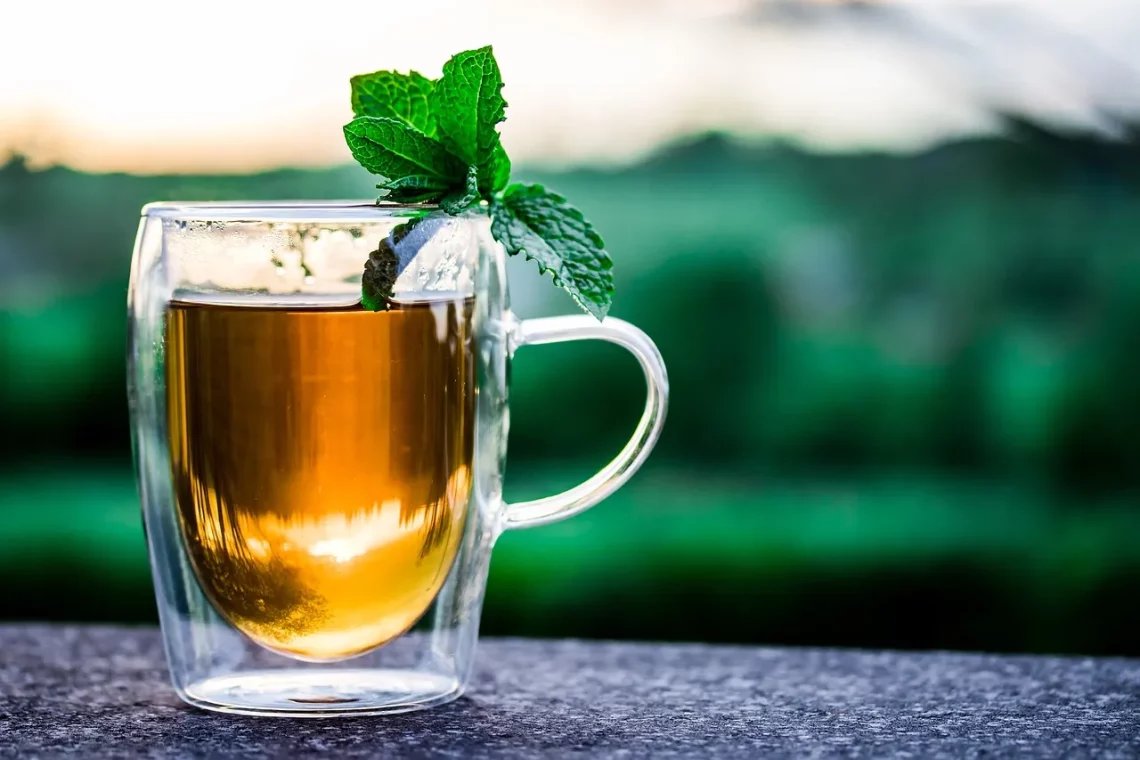
The Purrfect Blend: Discover the World of Cat Tea
In recent years, a unique trend has emerged in the realm of pet care and wellness: cat tea. This delightful concoction is not your standard beverage; it’s a specialized blend designed to cater to the unique needs and preferences of our feline friends. Cat tea is crafted from a variety of herbs and botanicals that can provide enrichment, relaxation, and even a bit of fun for your pet. While most cat owners are familiar with the joys of sharing a cup of tea with their human companions, this new trend invites us to think outside the box and consider what our cats might enjoy too.
The concept of cat tea taps into the growing awareness of the importance of holistic approaches to pet care. Just as humans are increasingly turning to natural remedies and herbal solutions, so too are pet owners seeking out ways to enhance their cats’ lives with safe, natural ingredients. Cat tea often includes ingredients such as chamomile, catnip, and even valerian root, all known for their calming and soothing properties. These blends provide not only a tasty treat but also a means to promote overall well-being.
As we dive deeper into the world of cat tea, it becomes clear that this is more than just a passing fad. It reflects a significant shift in how we view our pets’ health and happiness. Understanding the ingredients, benefits, and best practices for serving cat tea can help cat owners make informed choices for their furry companions.
Understanding the Ingredients in Cat Tea
Cat tea typically consists of a variety of herbs and botanicals that have been carefully selected for their potential benefits. Each ingredient plays a specific role, providing both flavor and health properties that can appeal to your feline friend.
One of the most common ingredients found in cat tea is catnip. This herb, a member of the mint family, is renowned for its ability to stimulate playful behavior in cats. While not all cats react to catnip, those that do often exhibit a euphoric state, rolling around and engaging in playful antics. This makes catnip a popular choice for inclusion in tea blends, as it can enhance the enjoyment and engagement of the tea-drinking experience.
Another key ingredient is chamomile. Known for its calming properties, chamomile can help soothe anxious cats and promote relaxation. This makes it an excellent choice for cats that may be stressed or have difficulty settling down. The gentle, floral flavor of chamomile also pairs well with other herbs, creating a pleasant tasting experience for your kitty.
Valerian root is another herb that may be included in cat tea. This herb has a reputation for acting as a natural sedative, which can help calm nervous or hyperactive cats. Like catnip, valerian root can provoke a playful response in some cats, making it an enticing addition to the mix.
Other herbs you might find in cat tea include mint, which can aid digestion, and fennel, known for its soothing effects. Each herb contributes to a unique flavor profile while also offering potential health benefits.
When selecting or making cat tea, it’s essential to ensure that all ingredients are safe for feline consumption. Avoid any herbs that are toxic to cats, such as onion, garlic, or certain essential oils. Always do your research or consult with a veterinarian if you’re unsure about the safety of an ingredient.
The Benefits of Cat Tea for Your Feline Friend
The benefits of cat tea extend beyond simple enjoyment; they can play a vital role in enhancing your cat’s overall well-being. By incorporating cat tea into your pet’s routine, you may observe several positive changes in their behavior and health.
First and foremost, cat tea can serve as a natural stress reliever. Cats are sensitive creatures often affected by changes in their environment, new additions to the household, or even loud noises. A soothing cup of cat tea can help calm their nerves and contribute to a more relaxed state. This is particularly beneficial during stressful situations such as moving to a new home or introducing a new pet.
Additionally, cat tea can promote hydration. Many cats are notorious for not drinking enough water, which can lead to various health issues, including urinary tract problems. Offering cat tea as a treat can encourage your feline to consume more fluids while enjoying a flavorful beverage. This is especially important during hot weather or if your cat is on a dry food diet.
Moreover, cat tea can encourage bonding between you and your pet. Sharing a calming moment with your cat, whether it’s during a quiet afternoon or as part of a cozy evening routine, can strengthen your relationship. The act of preparing and serving tea can become a cherished ritual that both you and your cat look forward to.
Lastly, introducing cat tea can stimulate your cat’s natural instincts. The experience of smelling and tasting new herbs can engage their senses and provide mental stimulation. This can be particularly beneficial for indoor cats, who may not have as many opportunities for exploration and stimulation as outdoor cats.
As with any new addition to your cat’s diet, it’s essential to introduce cat tea gradually and observe how your feline reacts. Each cat is unique, and their preferences may vary, so finding the right blend that your cat enjoys may take some experimentation.
How to Prepare and Serve Cat Tea
Preparing cat tea is a straightforward process, but there are a few tips and tricks to ensure your feline friend enjoys this delightful beverage to the fullest.
To start, you can either purchase pre-made cat tea blends from reputable pet stores or online retailers or make your own at home. If you choose to create your own blend, ensure that the herbs are fresh and of high quality. A good starting point for a homemade cat tea could include dried chamomile, catnip, and valerian root.
Begin by boiling water and allowing it to cool slightly before pouring it over your chosen herbs. A typical ratio is one teaspoon of dried herbs for every cup of water. Steep the herbs for about 10-15 minutes to allow the flavors and beneficial properties to infuse into the water. After steeping, strain the liquid to remove the herbs, creating a clear tea that can be served to your cat.
Before serving, ensure the tea has cooled to a safe temperature. Cats can be sensitive to heat, so it’s best to serve it lukewarm or at room temperature. You can offer the tea in a small bowl or even use a syringe for those cats that may prefer to drink it directly.
It’s important to monitor your cat’s response to the tea. Start with small amounts to gauge their interest and tolerance. If your cat seems to enjoy the tea, you can gradually increase the servings.
Incorporating cat tea into your pet’s routine can be a delightful experience for both you and your cat. Whether it becomes a regular treat or an occasional indulgence, this unique beverage can enhance your cat’s quality of life while providing you with an opportunity to bond over something special.
In conclusion, cat tea serves as a delightful and beneficial addition to your feline friend’s diet, offering both enjoyment and potential health benefits. As you explore this wonderful world of cat tea, always remember to prioritize your pet’s safety and well-being.
—
*Disclaimer: This article is for informational purposes only and does not constitute medical advice. Always consult with a veterinarian for any health-related concerns regarding your pet.*




